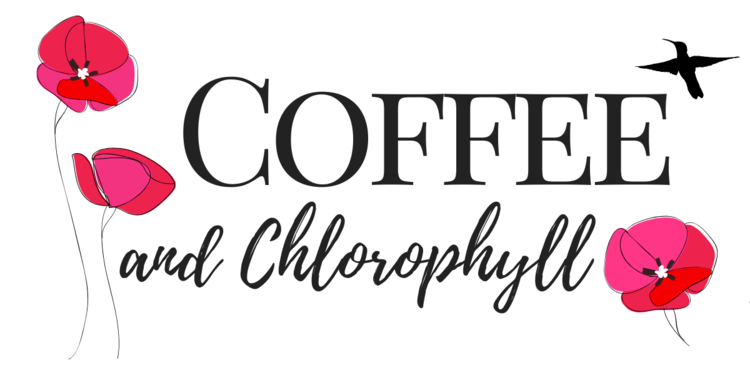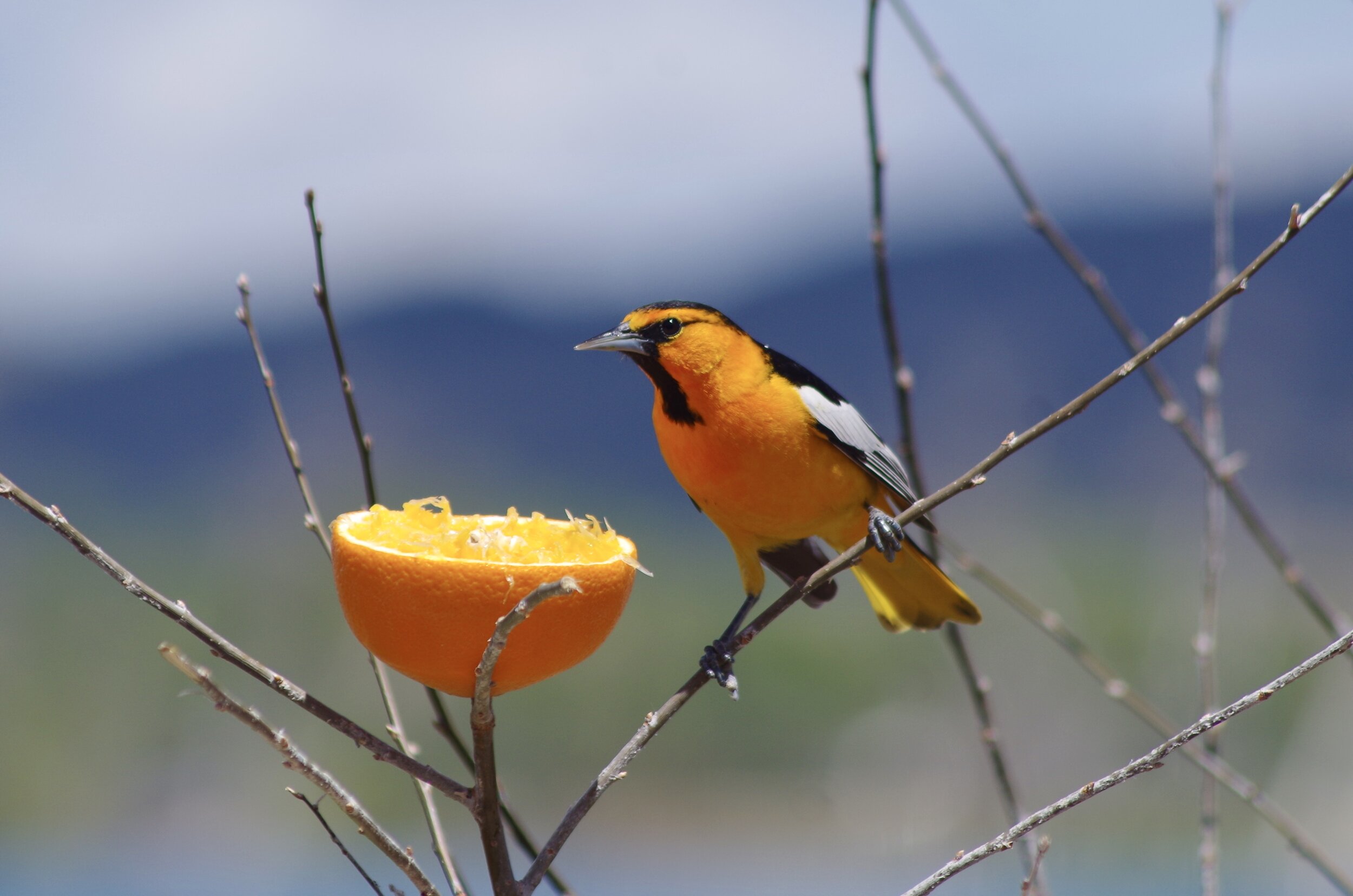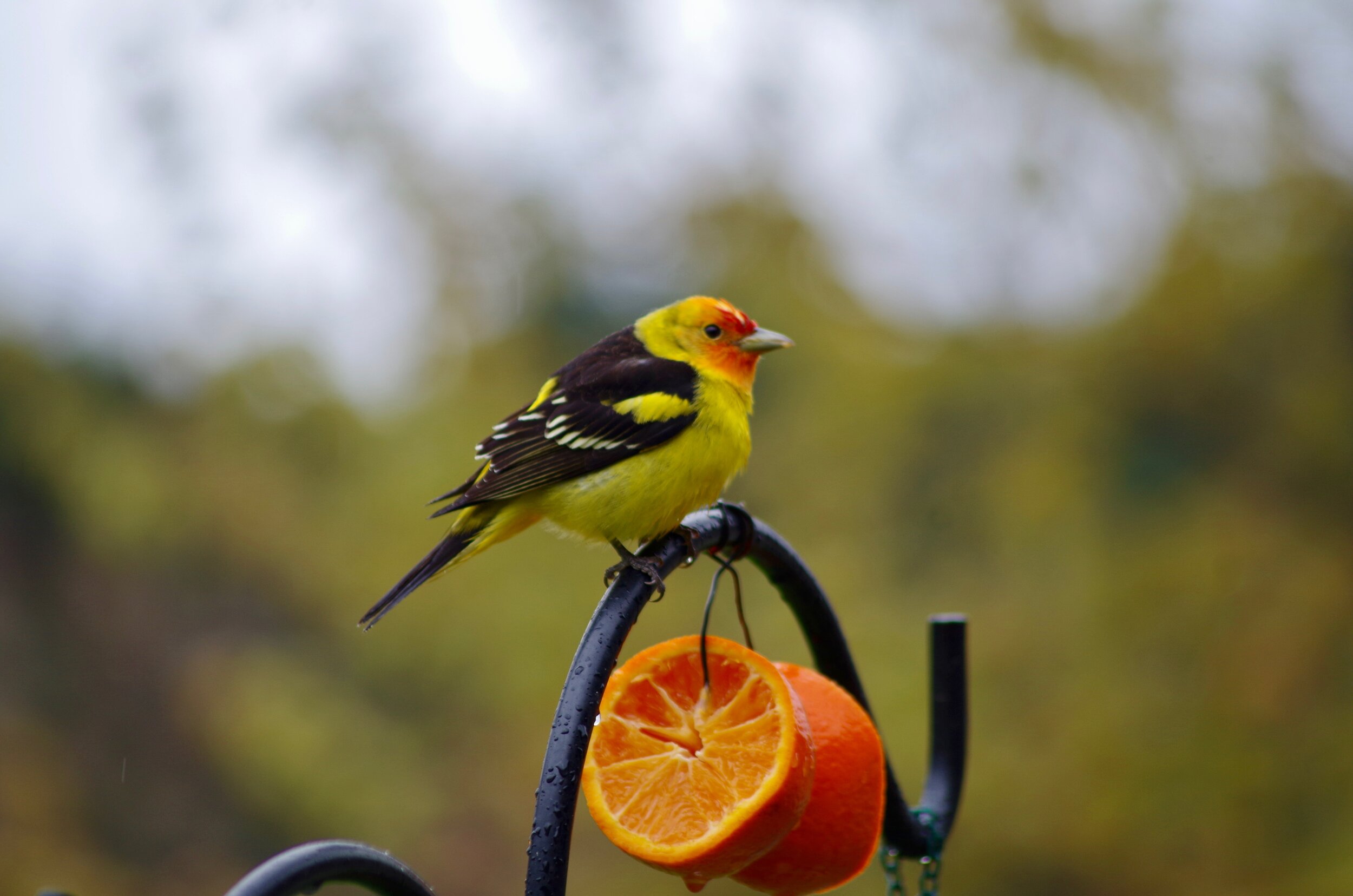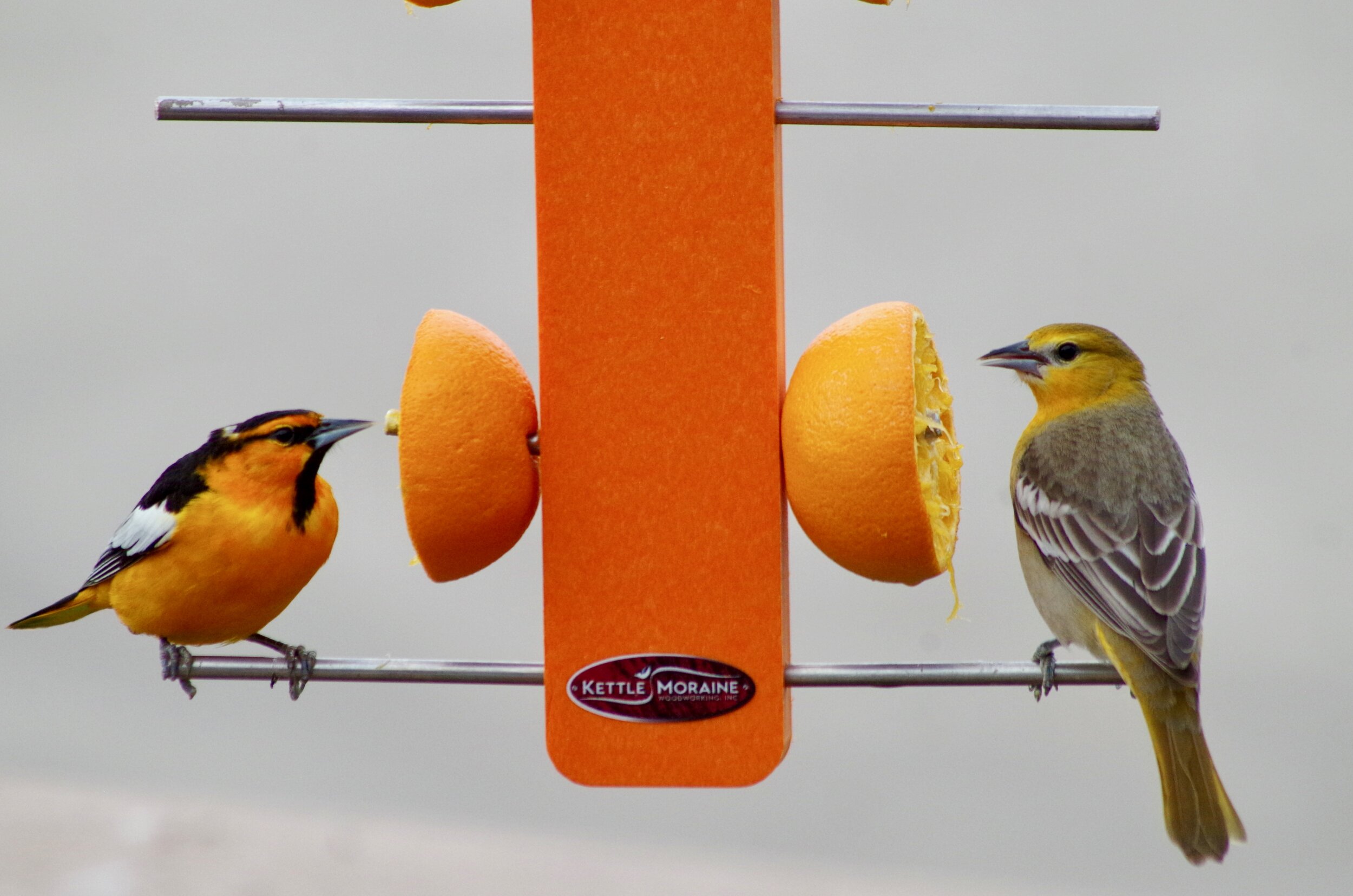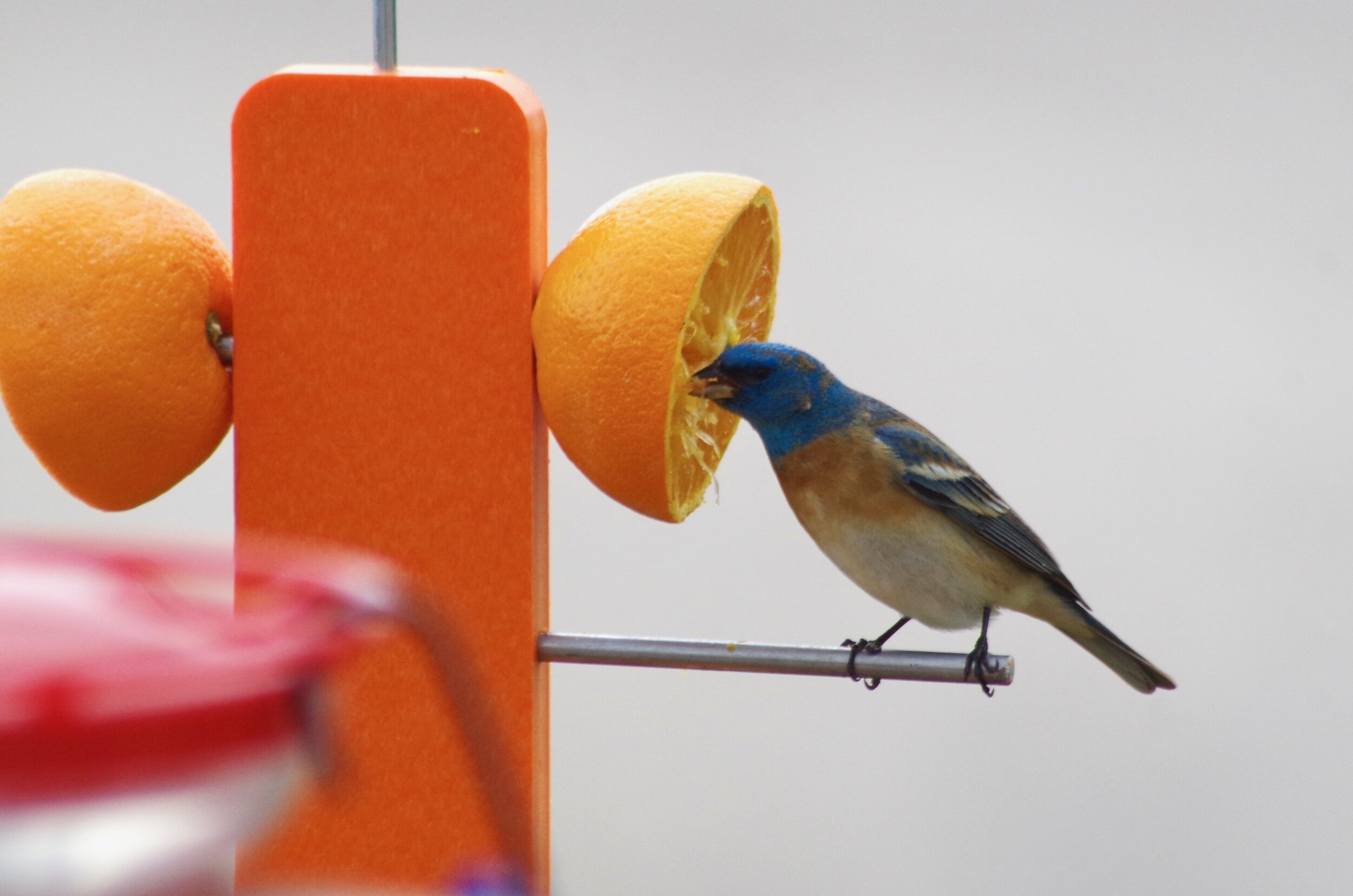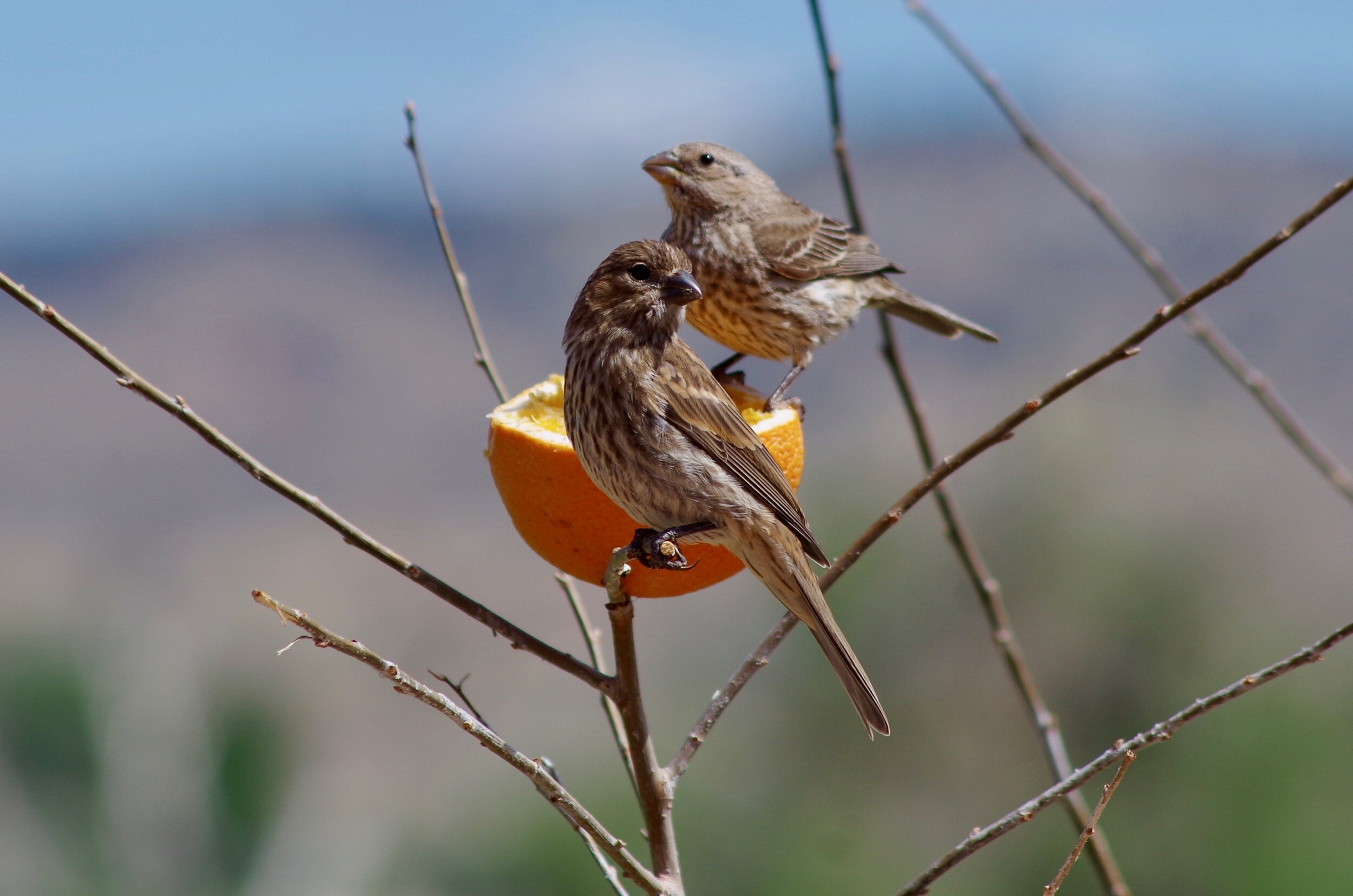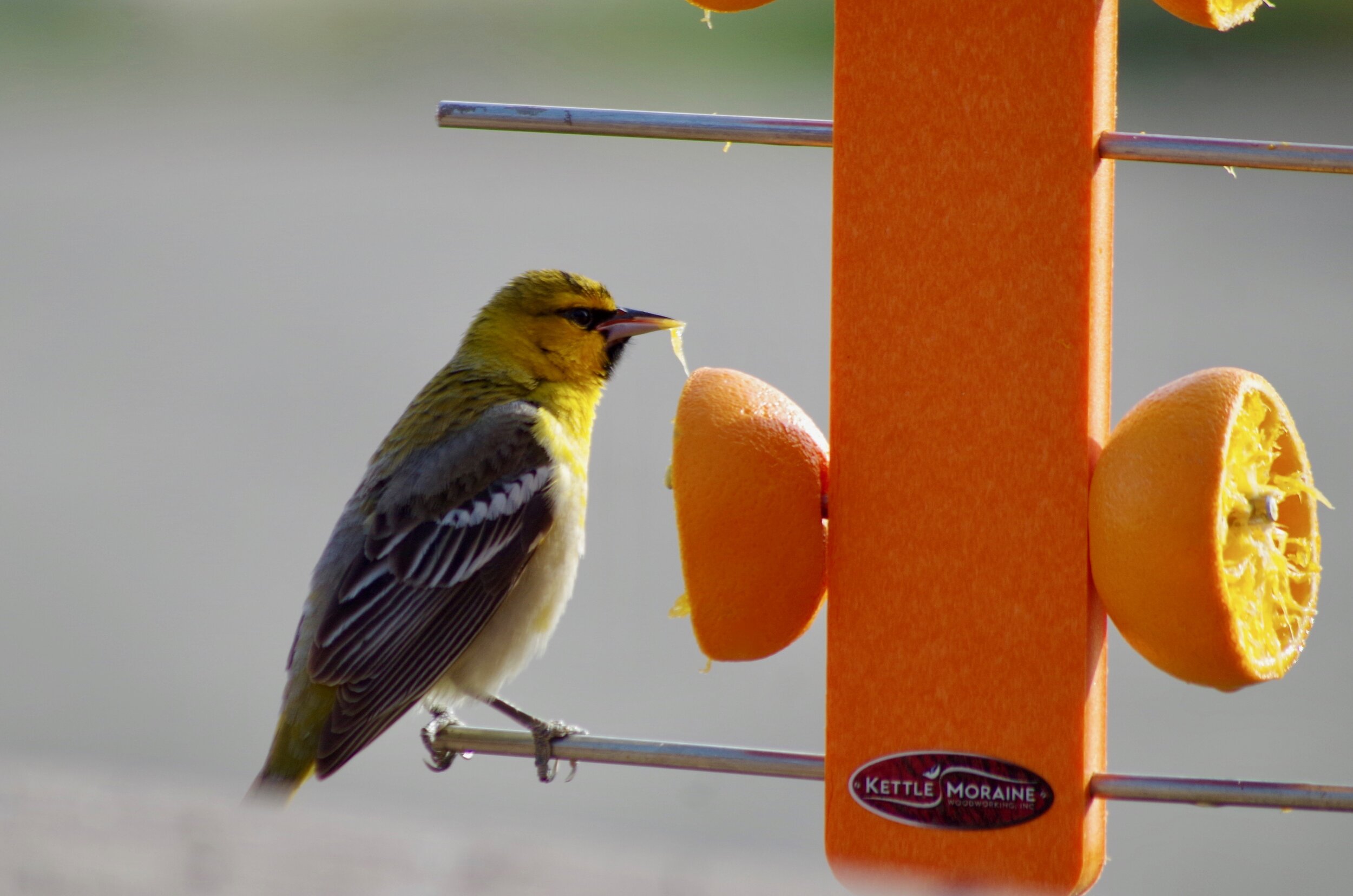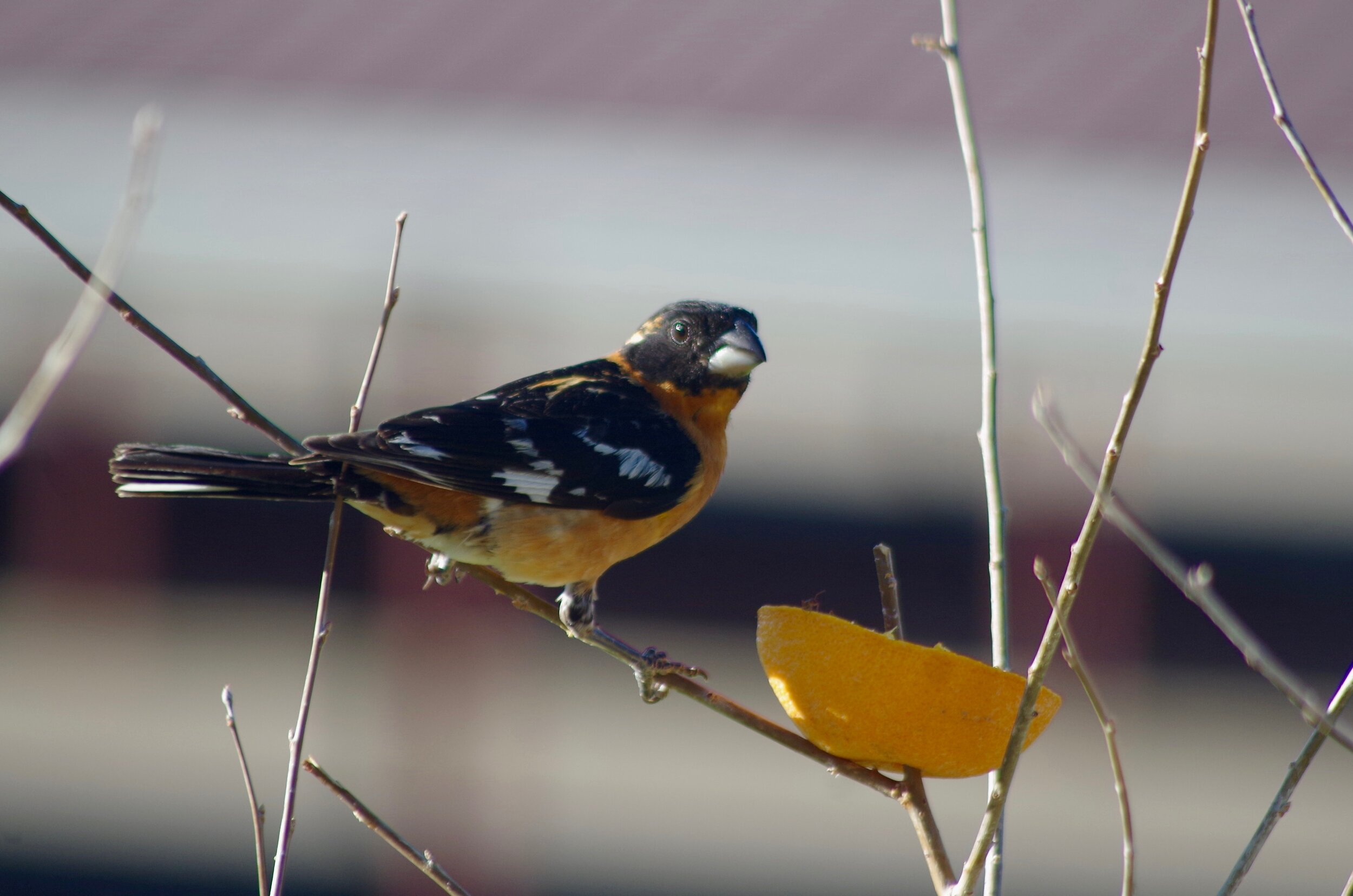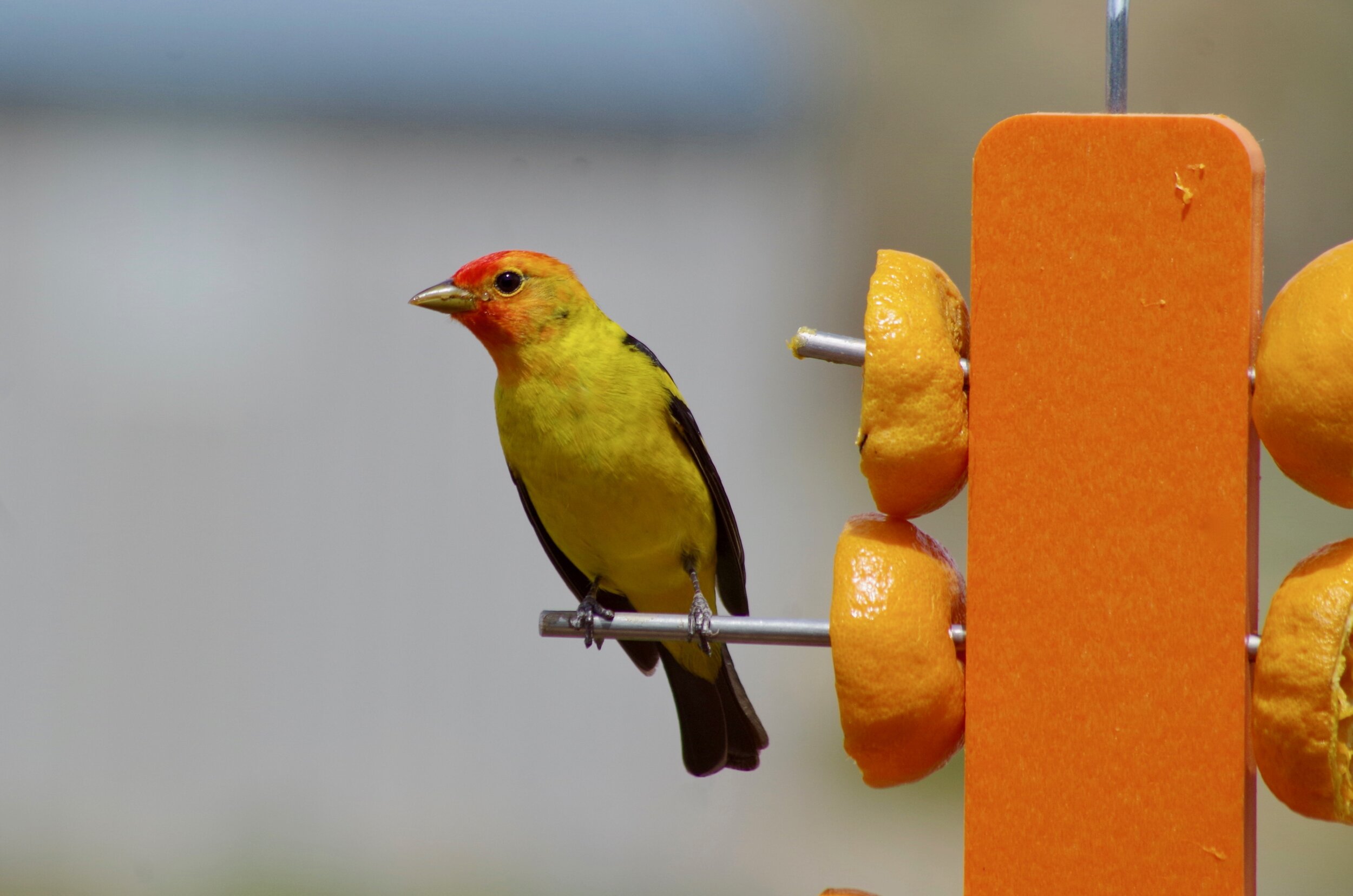I have been experimenting with growing perennial plants from seed for the last few years. Some of my experiments have grown into beautiful plants, and I gave up on some before they ever germinated. Why did I give up? Because sometimes, perennials take several months to germinate and demand more patience than I am willing to give them.
Many perennial seeds require a period of cold stratification in order to sprout. Basically, in nature, these seeds have to go through winter without rotting in moist conditions or sprouting prematurely and being zapped by frost. Therefore, the seeds have been engineered to undergo a period of cold/moist conditions, before they will germinate. To simulate cold stratification, there are a few things that can be done—namely, chilling seeds in a refrigerator, direct sowing in fall, and or winter sowing. I have done the back of the refrigerator for weeks at a time thing. I have also done the freezer-to-fridge-and-back seed shuffle (or “Speed Dial” method) to try and meet the cold requirements. But mostly, when it comes to starting perennials, I have found winter-sowing to be more my speed. With winter sowing, you sow seeds in mini milk jug greenhouses in like January, and stick them outside. Make sure they don’t dry out on those unseasonably warm early spring days, and normally, after a few months of undergoing the freeze-thaw cycle, the seeds will be sufficiently cold-stratified and sprout. If my milk jugs don’t sprout by May, I usually call it a loss and determine that those seeds were not meant to be. On occasion, I have moved them into the cushy atmosphere of my grow lights and given them just a bit longer. Overall, I don’t like having to cold stratify seeds, though. Aside from choosing to grow perennials from seed that do not require cold-stratification, I have recently discovered another way to avoid the whole process of subjecting seeds to some sort of cold treatment, and I’m all about it!
Today, I am going to share with you, how you can grow awesome perennial plants from seed—no cold stratification necessary!
The answer: Jelitto’s Gold Nugget Seed®
First, a bit about Jelitto Seeds…
There are so many reputable seed companies nowadays, each carrying a unique line-up of varieties. I am sure you are familiar with Burpee and Ferry-Morse, the go-to’s found in most big box stores. If you shop for seed online, there are also many incredible vendors, such as Renee’s Garden Seeds, Botanical Interests, Johnny’s, Pinetree Seeds, and Baker Creek, just to name a few! While almost all of these vendors sell a selection of perennials, it is usually somewhat limited. Enter Jelitto Seeds.
Jelitto Seeds is a wholesale perennial seed supplier. Often times, they are who provides the perennial seeds that these online vendors we are familiar with, turn around and sell to us. Have you ever noticed images on a particular seed shop with “Jelitto” watermarks? I remember when ‘Green Twister’ coneflowers came out a couple years ago, and practically every site that was carrying them in their “NEW for this Year” section, had the same photo of them, with a “Jelitto” watermark. I have also seen those familiar watermarks on many seeds sold on Swallowtail Garden Seeds and from independent sellers on Etsy.
So it was really a no brainer when I decided to Google “Jelitto seed”. I found out from others on DavesGarden Garden Watchdog list, that people have been ordering seed directly from Jelitto for years. And when I started scanning the catalog of varieties offered from Jelitto, I realized they had thousands of things I had never even heard of!
Here’s a few more things about Jelitto Seed:
Jelitto Seeds is headquartered in Germany, but they have an office in Kentucky.
The seeds ship from Germany to Kentucky, going through all the correct U.S. Customs processes along the way, before being sent to you. In other words, ordering from Jelitto is completely legal.
Jelitto is a reputable supplier, with over 60 years experience in the horticultural industry.
Jelitto specializes in perennials, but their catalog does have a few annual and herb offerings.
Jelitto has introduced many seed cultivars to market as a result of their breeding efforts.
Those ‘Green Twister’ coneflowers I mentioned earlier—a Jelitto cultivar! Others that come to mind: ‘Bleeding Hearts’ Heliopsis, ‘Tango’ Agastache, ‘Magnus’ ‘Ruby Star’ & ‘Mellow Yellow’ Echinaceas, and ‘Little Goldstar’ Rudbeckia'.
Click HERE to see a complete compilation of Jelitto Introductions
Jelitto is on the cutting edge of seed technology, and offers two line-ups of seed that has been pre-treated, for ease of sowing and optimal germination:
What is Gold Nugget Seed®?
I discovered Gold Nugget pre-treated seeds from Jelitto, and I’m not looking back! Jelitto uses proprietary processes to pre-treat these seeds, that would normally need to undergo cold treatment in order to sprout. In other words:
Gold Nugget Seed® does not need to be cold-stratified, and can be sown as is.
When you get Gold Nugget Seed®, you can sow them like you would sow any regular seed that doesn’t require cold treatment—it’s like starting a tomato seed! I still recommend paying close attention to whether a particular variety needs light or dark to germinate, but basically, you sow the Gold Nugget Seeds, and they sprout within just a couple weeks.
Gold Nugget Seed is definitely what wholesale perennial growers, who grow from seed rather than tissue cultures, are utilizing. In my most recent purchase, I ordered several varieties including a few natives from the Gold Nugget lineup—Violas, Iron Weed, Joe Pye Weed, Butterfly Weed, and Scarlet Lobelia.
The one downside to Gold Nugget Seed, is that it does not store as well as untreated seed. I would recommend waiting until you are close to starting seeds before ordering, and then ordering only what you need. For a home gardener like me, this often means ordering the smallest packet as possible from Jelitto. I forgot to mention earlier—you can order anywhere from just a packet of seed to a vast quantity.
Honestly, the Gold Nugget Seed® makes starting seeds that usually require cold treatment vastly easier! However, their catalog has so much more to offer than just Gold Nugget Seed®. I have bought and successfully started countless other perennial varieties from them, that have not been pre-treated in any way.
Ordering from Jelitto
Shipping Times Require Patience
When placing an order from Jelitto, it is important to note that, because they are headquartered in Germany, your seed will be shipping from Germany. Therefore, you must be especially patient when waiting for your seed to arrive. Expect to wait at least 4 weeks to get your shipment of seeds in. During busy times, it may take even longer. I think it just varies with the season, though, because I placed an order back in June and was pleasantly surprised to receive it in about 3 weeks.
All Currency is Shown in Euros
Once again, Jelitto is based out of Germany. They gladly ship to the United States, but when you order through the website, the prices shown are all in Euros rather than U.S. Dollars. It might be helpful to open up Google in a separate tab and type in 1 Euro to US Dollars. This will bring up the current exchange rates and give you a box that you can use to convert the total euros in your Jelitto shopping cart to dollars.
A Login is Necessary
In order to add items to your shopping cart or wish list, and place an order, you will need to create an account. There is no “Continue as a Guest” option.
Shipping is Not Very Expensive
Jelitto charges you separate fees for packing, insurance, and postage, but the shipping rates are really very reasonable—especially coming all the way from Europe. To give you an idea, my last order ended up being just shy of $60 worth of seed; the shipping cost (packing + insurance + postage) was less than $8. Totally reasonable in my humble opinion, especially given what many U.S. based vendors charge for seed shipping. This same amount of seed would have cost $12.95 to ship from Burpee, and truly, it would probably all fit in a medium First Class Mail envelope and be less than $5 in postage.
Jelitto Seed Packets Do Not Have Much Information—Refer, Instead, to their Website
Jelitto seed packets are not geared towards the typical home gardener. As such, they have hardly any information. Instead, you should refer to their website for information about the variety you are planting and how to cultivate it. Their website has a “Decription” and “Cultivation” tab for each variety. The Description tab will include information about hardiness zones, sizing, and place of origin. I like referring to the place of origin, as I’m curious about which plants are native to the U.S. and sometimes, more specifically, the Midwest. The Cultivation tab will include information about seed counts (per gram) and sowing.
One last thing—I am NOT Sponsored by Jelitto
I feel it is worth mentioning that I am NOT sponsored, in any way, by Jelitto Seed. They don’t even know who I am. I am just a happy customer! I did a poll on my Instagram Story recently, and only like one person had even heard of Jelitto. That’s why I wanted to share them with you! As you can tell from what I said earlier, I am also totally sold on their lineup of Gold Nugget Seed®, and can just imagine the time I would have saved by starting some plants from it.
So, out of curiosity—until today, had you ever heard of Jelitto Seed? Have you ever purchased seed directly from them? If so, have you ever tried any of their Gold Nugget Seed®? I’d love to hear about your experience with Jelitto, in the comment section below!
